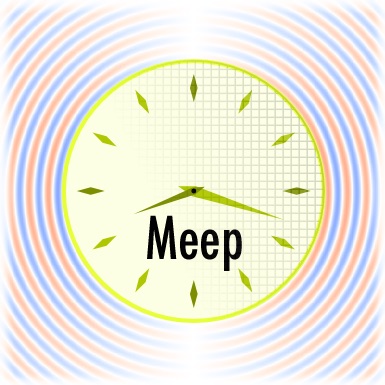
#Fdtd meep free
This paper describes MEEP, a popular free implementation of the finite-difference time-domain (FDTD) method for simulating electromagnetism.
#Fdtd meep windows
You can get around this hurdle on windows if you use the Windows Subsystem for Linux, but it is a bit buggy. MEEP: A flexible free-software package for electromagnetic simulations by the FDTD method. Bad news: MEEP does not support windows as of. So here I present a quick intro for those who have only taken one or two undergraduate modules in electromagnetics to get started with using MEEP. However, the documentation and introductions appear to be more geared toward people who know a lot more about it than me, and seems to be more focused on photonics than simulation of basic things like electric/magnetic field intensity. It seems to work pretty well, and has quite a reasonable python interface, and allows for a wide range of kinds of electromagnetic simulations.

TL DR: While looking for a nice open source piece of electromagnetics simulation software, particularly ones which could be scripted using python, I found MEEP. This paper contains detailed information on the cavity structure as well as. This is accomplished by reproducing the results in the paper by Y. I post about deep learning, electronics, and other things I find interesting.Ģ2 December 2019 Getting started with MEEP - simple electric field simulations in pythonĪ quick intro to simulating the electric field for simple current distributions in python using MEEP. The goal of this example is to demonstrate how FDTD may be used to analyze photonic crystal nanocavities such as the one shown below. I am an E&E masters student at Stellenbosch University.


 0 kommentar(er)
0 kommentar(er)
